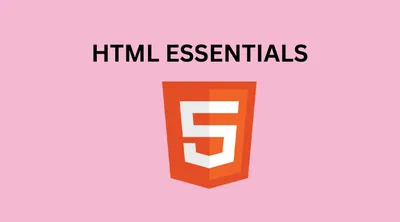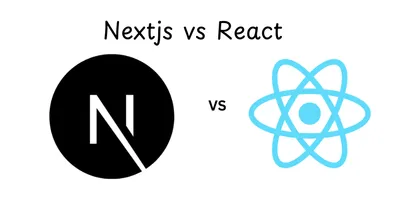What Are Third Party Libraries Used In React js: A Look At Essential Third-Party Libraries for Enhancing Your React.js Projects
Discover the top third-party libraries that can elevate your React.js development, streamline workflows, and enhance application performance.

In recent times, React.js has become a game-changer in frontend development with its component-based architecture, allowing developers to build dynamic, and efficient user interfaces. React js is not just a javascript library so to enhance React applications, numerous third-party libraries have been developed, which offer solutions for state management, UI components, routing, and more. Using these libraries can significantly boost productivity and application performance. Below is a curated list of essential third-party libraries commonly used in React.js projects.
1. State Management Libraries
Managing state in complex applications can be challenging. The following libraries provide robust solutions:
-
Redux: A predictable state container for JavaScript apps, Redux helps manage application state and logic outside the UI layer, making state mutations more predictable and traceable. With the release of Redux-Toolkit, state management with redux has become easier. Redux-Toolkit can be used to manage client-side state, while Redux-Toolkit Query can be used for server-side state management.
-
MobX: An alternative to Redux, MobX simplifies state management by using observables to automatically track and react to state changes, reducing boilerplate code.
2. UI Component Libraries
To expedite UI development and ensure design consistency, consider these component libraries:
-
Material UI: A popular React UI framework implementing Google’s Material Design, offering a comprehensive set of components and customization options.
-
Ant Design: A design system with a set of high-quality React components, providing a consistent and customizable design language.
-
Chakra UI: A modular and accessible component library that provides building blocks to create React applications with speed.
3. Routing Libraries
For handling navigation within React applications:
- React Router: The standard routing library for React, enabling dynamic routing and nested routes to manage navigation in single-page applications.
4. Form Handling Libraries
To simplify form management and validation:
-
Formik: A library that simplifies form handling in React, managing form state, validation, and submission with ease.
-
React Hook Form: Utilizes React Hooks to manage form state and validation, offering better performance by reducing re-renders.
5. Utility Libraries
Enhance functionality with these utilities:
-
Axios: A promise-based HTTP client for making API requests, supporting features like interceptors and automatic JSON data transformation.
-
Lodash: A utility library delivering modularity, performance, and extras, providing functions for common programming tasks.
6. Styling Libraries
For applying styles in React components:
-
Styled Components: Allows writing CSS-in-JS, enabling scoped and dynamic styling for components.
-
Emotion: A performant and flexible CSS-in-JS library, offering powerful and flexible styling capabilities.
Conclusion
Integrating third-party libraries into your React.js projects can significantly enhance development efficiency, maintainability, and performance. By leveraging these tools, developers can focus on building feature-rich applications while relying on proven solutions for common challenges.
Making good use of these third-party libraries, will prevent you from reinventing the wheel which will significantly enhance your React.js development workflow and deliver robust applications that meet modern web standards.
Related Posts

HTML Essentials: Centering Text, Images, Comments, and More
Learn essential HTML techniques like centering text and images, adding comments, linking CSS, and understanding why HTML is important.

Next.js vs React: Choosing the Right Tool for Your Web Development Project
An in-depth comparison between Next.js and React to help you determine the best choice for your web development needs.

TypeScript vs JavaScript: Which One Should You Use in 2025?
Learn the key differences between TypeScript and JavaScript, their pros and cons, and when to use each for web development.